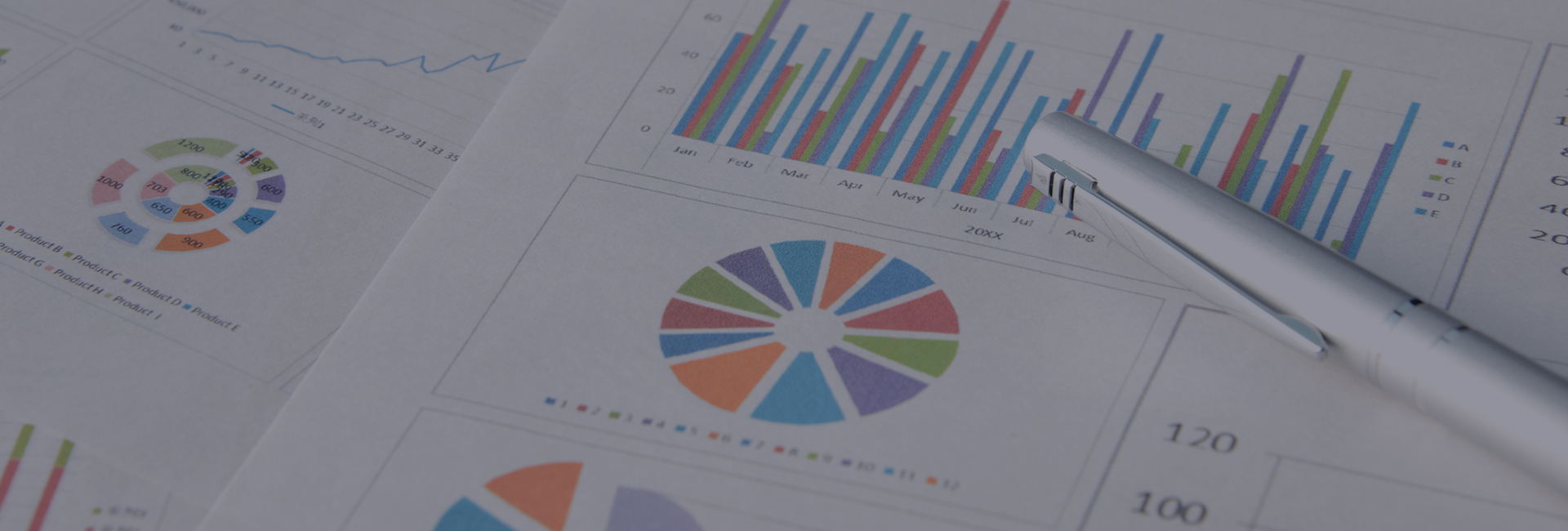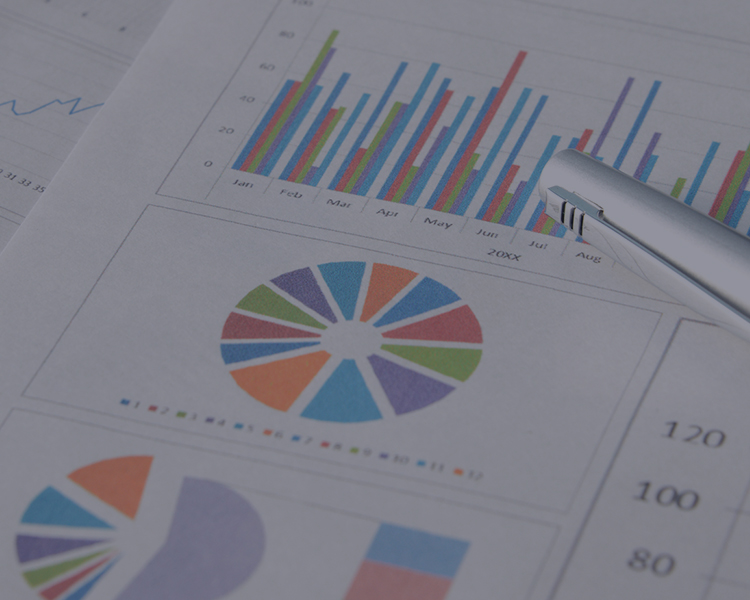

Steelmaking Operations
(%)
| Fiscal year | 2013 | 2014 | 2015 | 2016 | 2017 | 2018 | 2019 |
|---|---|---|---|---|---|---|---|
| Percentage share by energy source | |||||||
| Coal based energy | 84.6 | 84.4 | 84.3 | 84.6 | 85.3 | 84.7 | 86.1 |
| Purchased electricity | 10.3 | 10.4 | 10.1 | 9.7 | 8.5 | 9.3 | 8.6 |
| Oil-based energy | 5.1 | 5.2 | 5.6 | 5.7 | 6.2 | 6.0 | 5.3 |
| Total | 100.0 | 100.0 | 100.0 | 100.0 | 100.0 | 100.0 | 100.0 |
| Consumption in PJ | 2,295 | 2,264 | 2,178 | 2,172 | 2,155 | 2,124 | 2,062 |
| Energy consumption per ton of crude steel produced (GJ/t-s) | 20.76 | 20.87 | 21.11 | 20.89 | 20.94 | 21.04 | 21.43 |
| Fiscal year | 1990 | 2000 | 2012 |
|---|---|---|---|
| Percentage share by energy source | |||
| Coal based energy | 82.1 | 84.5 | 84.8 |
| Purchased electricity | 12.4 | 10.0 | 10.1 |
| Oil-based energy | 5.5 | 5.6 | 5.1 |
| Total | 100.0 | 100.0 | 100.0 |
| Consumption in PJ | 2,469 | 2,260 | 2,253 |
| Energy consumption per ton of crude steel produced (GJ/t-s) | 22.61 | 23.83 | 21.43 |
* Some data from 1990 to 2006 have been retroactively
adjusted when the data for 2007 were reported.
Source: Handbook for Iron and Steel Statistics
(The Japan Iron and Steel Federation)
(kg/ton of pig iron tapped)
| Fiscal year | 2016 | 2017 | 2018 | 2019 | 2020 |
|---|---|---|---|---|---|
| Reduction material rate | 515 | 518 | 522 | 516 | 514 |
| Coke rate | 339 | 335 | 343 | 336 | 354 |
| PCI rate | 176 | 183 | 179 | 180 | 160 |
| Tar rate | 0 | 0 | 0 | 0 | 0 |
| Heavy oil rate | 0 | 0 | 0 | 0 | 0 |
| Fiscal year | 1973 | 1980 | 1985 | 1990 | 1995 |
|---|---|---|---|---|---|
| Reduction material rate | 498 | 476 | 501 | 504 | 522 |
| Coke rate | 440 | 458 | 484 | 440 | 408 |
| PCI rate | 0 | 0 | 15 | 60 | 111 |
| Tar rate | 5 | 6 | 2 | 1 | 2 |
| Heavy oil rate | 53 | 12 | 0 | 3 | 1 |
Notes:
1) PCI: Pulverized coal injection
2) 1990 and before: BF fuel rate
Source: Handbook for Iron and Steel Statistics
(The Japan Iron and Steel Federation)
(1,000 kiloliters)
| Fiscal year | 2017 | 2018 | 2019 | 2020 |
|---|---|---|---|---|
| Japanese steel industry*2 | ||||
| Heavy oil | 520 | 397 | 339 | 329 |
| Kerosene and light oil | 112 | 113 | 103 | 93 |
| LNG and LPG (1,000 tons) | 734 | 699 | 634 | 574 |
| Nippon Steel Corporation | ||||
| Heavy oil | 78 | 92 | 50 | 136 |
| ・For BF injection | 0 | 0 | 0 | 0 |
| ・For reheating/power generation | 78 | 92 | 50 | 136 |
| Kerosene and light oil | 14 | 14 | 15 | 15 |
| LNG and LPG (1,000 tons)*3 | 730 | 667 | 569 | 636 |
| Fiscal year | 1973*1 | 1980 | 1985 | 1990 | 1995 |
|---|---|---|---|---|---|
| Japanese steel industry*2 | |||||
| Heavy oil | 13,463 | 4,120 | 1,878 | 2,274 | 1,925 |
| Kerosene and light oil | 1,003 | 686 | 364 | 423 | 354 |
| LNG and LPG (1,000 tons) | 825 | 884 | 792 | 1,129 | 1,103 |
| Nippon Steel Corporation | |||||
| Heavy oil | 4,522 | 1,044 | 118 | 199 | 118 |
| ・For BF injection | 2,498 | 607 | 0 | 73 | 8 |
| ・For reheating/power generation | 2,024 | 437 | 118 | 126 | 110 |
| Kerosene and light oil | 309 | 43 | 22 | 43 | 32 |
| LNG and LPG (1,000 tons)*3 | 150 | 377 | 281 | 370 | 511 |
*1 Highest (since 1970)
*2 Source: Handbook for Iron and Steel Statistics
(The Japan Iron and Steel Federation)
*3 Including city gas(calorific value adjustment natural gas)
*Blast furnace top-pressure recovery turbines, waste heat recovery from coke- dry quenching equipment, others